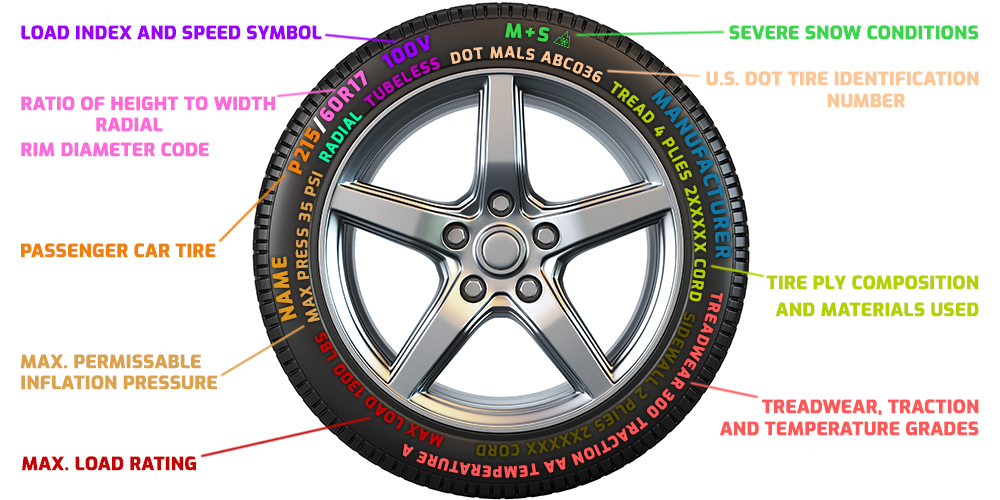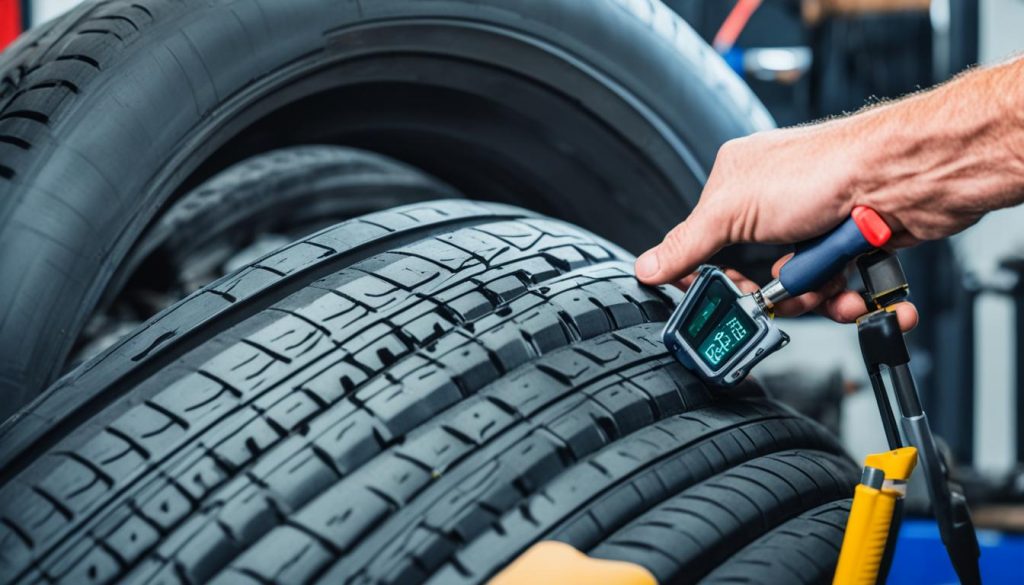When it comes to ensuring your vehicle’s performance and safety, selecting the right tires is crucial. Different terrains demand specific tire features to maximize traction, durability, and comfort. Whether you’re an off-road enthusiast, a daily commuter, or someone who frequently travels through diverse landscapes, understanding the right type of tires for your journey is essential. This guide will walk you through the factors to consider, helping you make informed decisions that enhance your driving experience.
Understanding Tire Types and Their Features
Before diving into terrain-specific recommendations, it’s important to familiarize yourself with the main categories of tires:

- All-Season Tires: These are versatile options designed for year-round use. They provide reliable traction in various weather conditions, including light snow, rain, and dry roads. While not specialized, all-season tires strike a balance between performance and comfort, making them ideal for everyday driving.
- All-Terrain Tires: Built for versatility, all-terrain tires are suitable for both on-road and off-road conditions. They feature deeper treads and tougher sidewalls, offering enhanced grip on loose or uneven surfaces like gravel, sand, and mud. These are a go-to choice for adventurers who need reliability across diverse landscapes.
- Mud-Terrain Tires: As the name suggests, mud-terrain tires excel in challenging off-road environments. Their aggressive tread patterns and reinforced construction ensure superior traction in deep mud, soft soil, and rocky trails. However, these tires may sacrifice some comfort and fuel efficiency on paved roads.
- Performance Tires: Designed for speed and precision, performance tires offer excellent handling and grip on dry and wet pavement. These are often chosen by sports car drivers and those who prioritize optimal road performance over off-road capabilities.
- Winter Tires: Specifically engineered for icy and snowy conditions, winter tires feature softer rubber compounds and specialized tread designs. They maintain flexibility in freezing temperatures, providing better traction and braking performance on slippery roads.
Selecting Tires for Specific Terrains
1. Urban and Highway Driving
For city commutes and long highway trips, comfort, fuel efficiency, and low noise levels are key considerations. All-season tires are the best choice for these conditions due to their balanced performance in various weather scenarios. Look for models with lower rolling resistance to improve fuel economy and reduce wear over time.
2. Off-Road Trails
If your adventures take you off the beaten path, choose all-terrain or mud-terrain tires depending on the severity of the terrain. For mixed surfaces like dirt roads, gravel, and mild mud, all-terrain tires provide sufficient grip and durability. However, for more extreme conditions such as deep mud or rocky trails, mud-terrain tires are essential. Ensure the tires have reinforced sidewalls to resist punctures and abrasions.
3. Snowy and Icy Roads
Winter driving requires maximum grip and stability. Winter tires are a must for regions with frequent snowfall and icy roads. Their unique tread patterns channel slush and snow away, while the rubber remains pliable in freezing temperatures. Avoid using summer or all-season tires in such conditions, as they may harden and lose traction.
4. Desert and Sandy Terrain
Driving on sand requires tires that can float over soft surfaces without digging in. All-terrain tires with wide tread patterns work well in sandy conditions, providing better weight distribution and minimizing the risk of getting stuck. Deflating the tires slightly can also improve traction by increasing the contact area.
5. Wet and Rainy Roads
For areas with frequent rainfall, tire performance in wet conditions is crucial. Look for all-season or performance tires with deep grooves and sipes to channel water away and reduce the risk of hydroplaning. Tires with high wet traction ratings offer better grip and shorter braking distances.
6. Rocky and Mountainous Paths
In rugged terrains with sharp rocks and steep inclines, durability and grip are paramount. All-terrain or mud-terrain tires with reinforced sidewalls and aggressive tread patterns provide the necessary traction and resistance to cuts and punctures. These tires ensure stability and safety on uneven, rocky paths.
Key Factors to Consider When Choosing Tires
- Tire Size: Always select tires that match your vehicle’s specifications. Check the sidewall markings for size, load index, and speed rating to ensure compatibility.
- Tread Pattern: The tread design affects traction, noise levels, and water dispersion. Choose patterns that suit the terrain you frequently drive on.
- Rubber Compound: Softer compounds offer better grip but may wear out faster, while harder compounds last longer but can compromise traction in certain conditions.
- Load Capacity and Speed Rating: Ensure the tires can support your vehicle’s weight and meet your driving speed requirements.
- Climate and Seasonal Needs: Consider the weather conditions in your region. Winter tires for cold climates, and all-season tires for moderate climates, are good starting points.
- Budget and Longevity: While premium tires often provide superior performance and durability, there are many budget-friendly options that offer decent performance. Weigh the cost against the expected lifespan and usage.
Tire Maintenance Tips for Optimal Performance
To get the most out of your tires, regular maintenance is crucial. Follow these tips:

- Check Tire Pressure: Proper inflation ensures even wear, better fuel efficiency, and improved safety.
- Rotate Tires: Regular tire rotation helps distribute wear evenly, extending their lifespan.
- Inspect Tread Depth: Monitor tread depth to maintain optimal traction. Replace tires when the tread depth falls below the recommended level.
- Align and Balance Wheels: Proper alignment and balancing prevent uneven wear and improve handling.
- Avoid Overloading: Exceeding the load capacity of your tires can lead to blowouts and reduced durability.
Choosing the Right Tire Brand
Reputable tire brands often offer a wide range of options suited for different needs. Consider brands such as Michelin, Bridgestone, Goodyear, and Pirelli, known for their high-quality tires and advanced technology. Research customer reviews and performance ratings to find the best fit for your vehicle and driving habits.
Final Thoughts
Choosing the right tires is not just about improving your vehicle’s performance—it’s about ensuring safety and comfort in every journey. By understanding the specific demands of different terrains and selecting tires that meet those requirements, you can drive with confidence, no matter where the road takes you. Make informed decisions, prioritize regular maintenance, and invest in high-quality tires for a smoother, safer ride.

Leave a Reply